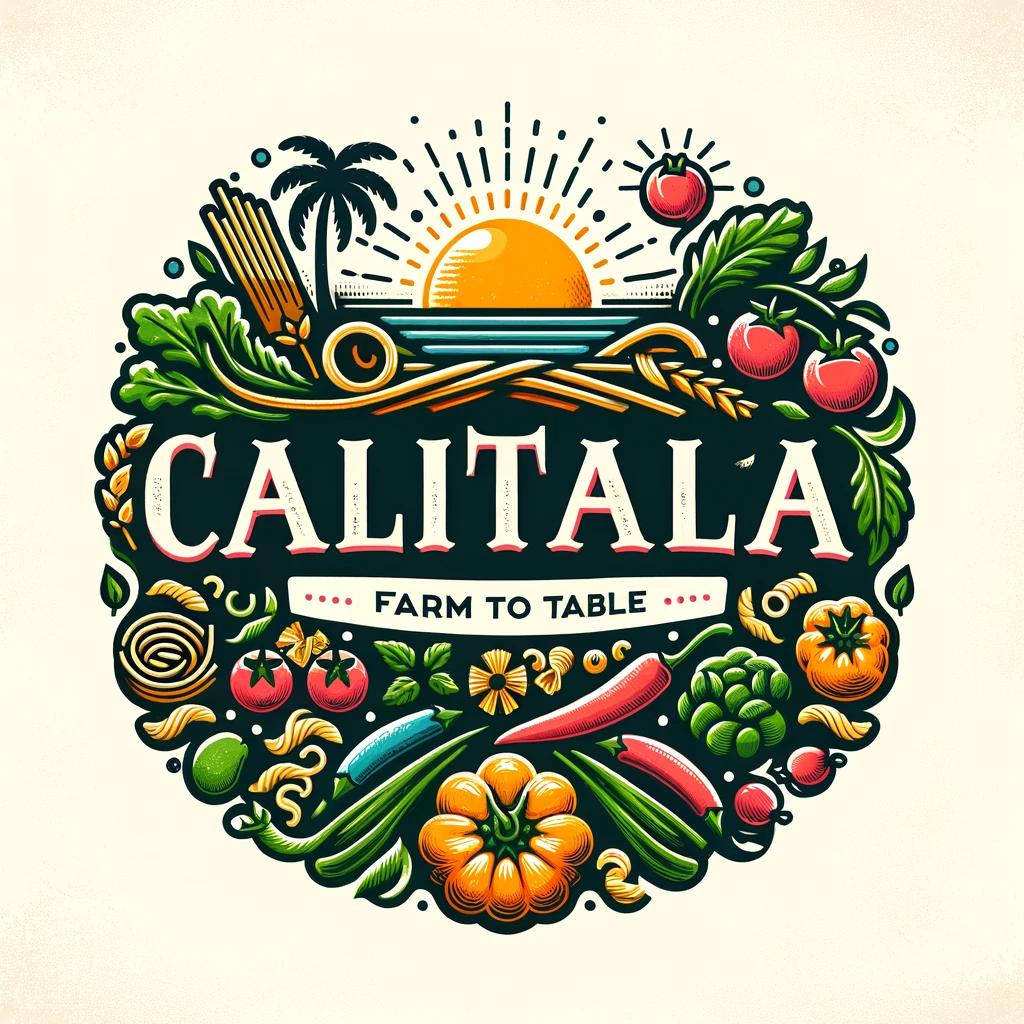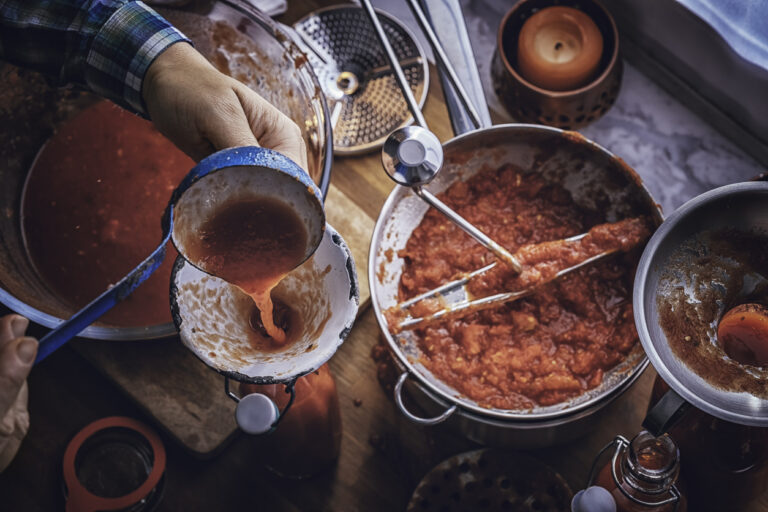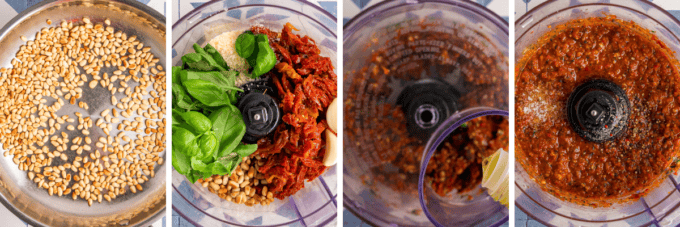Pistachio pesto, an exquisite variation of the classic Italian sauce, has captivated food lovers with its rich flavor and versatility. Rooted in Italian culinary traditions, pistachio pesto has evolved over centuries, reflecting the diverse regional influences of Italy. This article explores the various regional versions of pesto, traditional and contemporary uses, and the unique appeal of pistachio pesto in Italian cuisine.
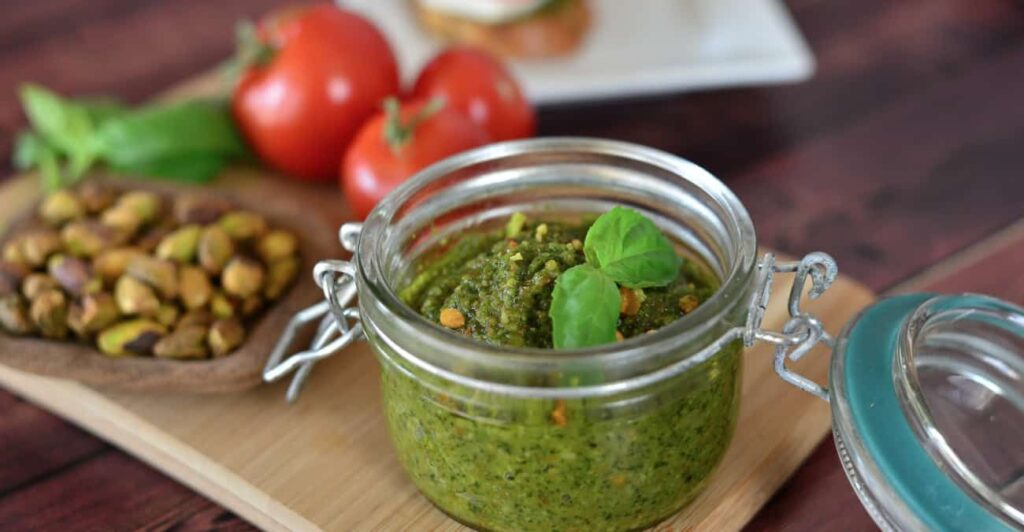
Regional Variations of Pesto
Italy is a land of culinary diversity, and pesto is no exception. Each region has its unique take on this beloved sauce, with local ingredients and traditional methods influencing its preparation. Let’s explore the prominent regional variations of pesto.
Ligurian Pesto
Ligurian pesto, often referred to simply as pesto, originates from the coastal region of Liguria. Known for its classic combination of fresh basil, garlic, pine nuts, Parmesan cheese, and olive oil, this version of pesto is a staple in Italian cuisine. The Ligurian variety emphasizes the use of high-quality, fresh ingredients, creating a vibrant green sauce that pairs perfectly with pasta, bread, and vegetables.
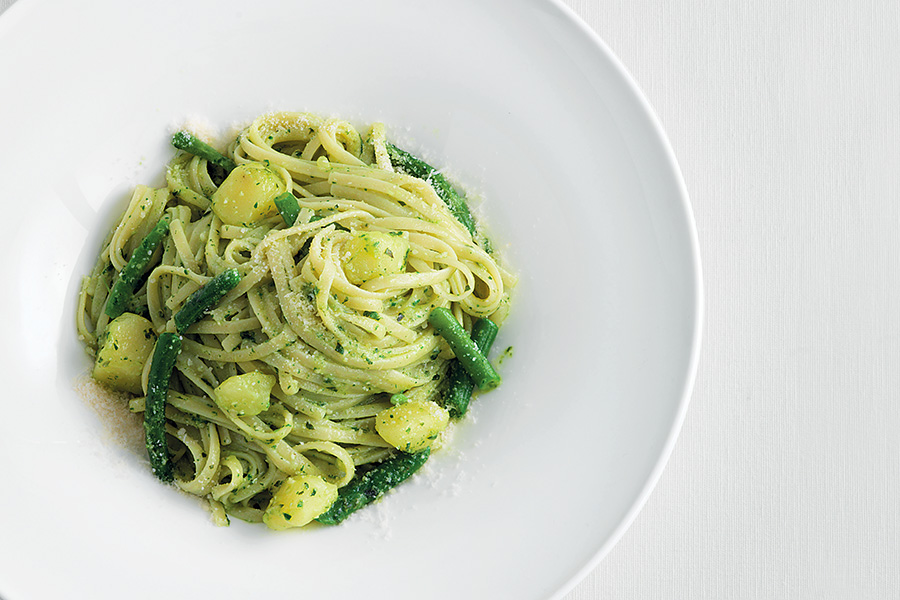
Liguria’s mild climate and fertile soil produce some of the finest basil in Italy, which is central to the authenticity of Ligurian pesto. Traditionally, the sauce is made using a marble mortar and wooden pestle, allowing the ingredients to meld slowly and release their full flavors. This method preserves the bright green color of the basil and results in a smooth, aromatic pesto.
Sicilian Pesto
Sicilian pesto, or pesto alla Trapanese, hails from the island of Sicily. Unlike its northern counterpart, this pesto incorporates tomatoes, almonds, and ricotta cheese, giving it a distinct flavor and texture. The addition of sun-ripened tomatoes provides a sweet, tangy note, while the almonds offer a nutty richness. This variation reflects the Mediterranean influence and the island’s agricultural bounty.
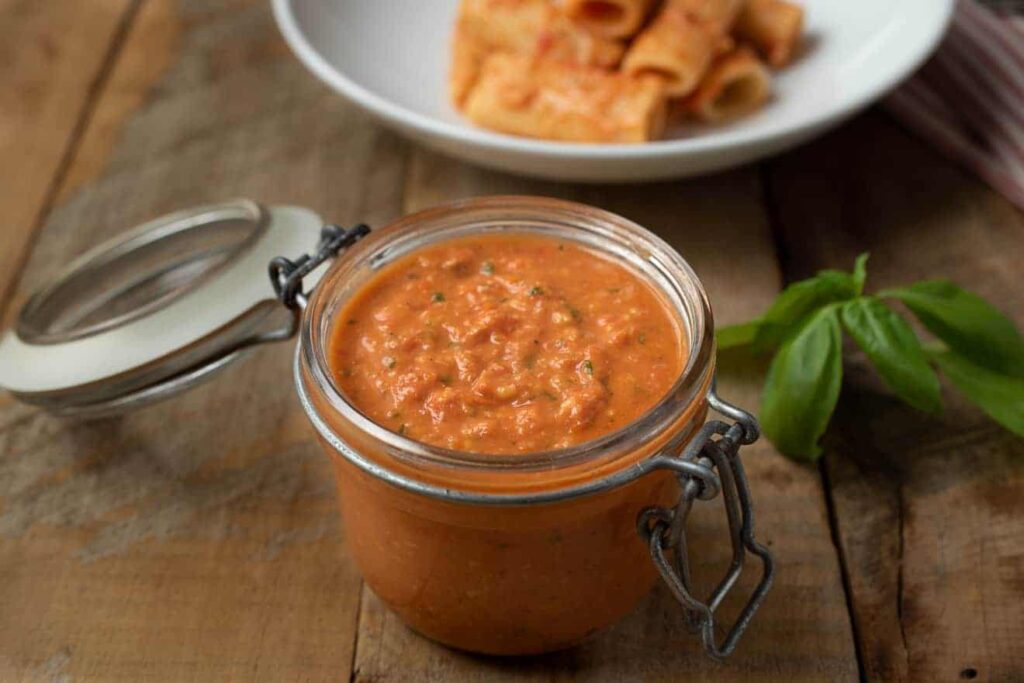
In Sicily, the local variety of almonds, known as “Mandorle di Avola,” are prized for their sweet taste and are often used in this pesto. The use of ricotta cheese, a staple in Sicilian cuisine, adds a creamy consistency that balances the acidity of the tomatoes. This regional pesto is typically paired with busiate, a spiral-shaped pasta native to the region, creating a delightful and satisfying dish.
Traditional Uses of Pesto in Italy
Pesto has long been a versatile ingredient in Italian cooking, enhancing a wide range of dishes with its aromatic and flavorful profile. Traditionally, pesto is used in several classic Italian dishes, showcasing its adaptability and depth.

- Pasta: One of the most common uses of pesto is as a sauce for pasta. The most popular pairing is with trofie, a twisted pasta from Liguria, but it also complements spaghetti, linguine, and gnocchi. The sauce clings to the pasta, ensuring each bite is infused with its vibrant flavor.
- Soups: In Liguria, pesto is often added to a hearty vegetable soup called minestrone. The pesto enriches the broth with its aromatic blend, enhancing the soup’s overall taste.
- Bread and Bruschetta: Pesto is also spread on bread or used as a topping for bruschetta. The combination of crusty bread and creamy pesto makes for a delicious and simple appetizer.
- Pizza and Calzone: Pesto can be used as a base sauce for pizza or as a filling for calzones, providing an alternative to the traditional tomato sauce and adding a unique twist to these beloved dishes.
- Fish and Meat: In some regions, pesto is used to marinate or accompany fish and meat dishes. The sauce’s fresh and herbaceous qualities complement the rich flavors of grilled or baked proteins.
- Vegetable Dishes: Pesto can also enhance the flavor of various vegetable dishes. It can be drizzled over roasted vegetables, mixed into a vegetable casserole, or used as a dressing for a fresh tomato and mozzarella salad. The vibrant flavor of pesto adds a burst of freshness to any vegetable preparation.
Modern Takes on Pistachio Pesto
As culinary trends evolve, so do the interpretations of traditional dishes. Pistachio pesto, with its distinctive nutty flavor, has inspired modern chefs to experiment and innovate, creating new and exciting ways to enjoy this sauce.
- Pistachio Pesto Pasta: While traditional basil pesto remains popular, pistachio pesto offers a unique variation. Made with pistachios, fresh herbs, garlic, Parmesan cheese, and olive oil, this pesto is often paired with pasta like fettuccine or pappardelle. The creamy texture and subtle sweetness of the pistachios add a delightful twist to the classic dish.
- Pistachio Pesto Pizza: Modern pizzerias have embraced pistachio pesto as a topping. Spread over the dough, it provides a rich, nutty base that pairs well with a variety of toppings, including prosciutto, burrata, and arugula. This contemporary take on pizza showcases the versatility of pistachio pesto and its ability to enhance diverse flavors.
- Pistachio Pesto Sandwiches: Pistachio pesto makes an excellent spread for sandwiches and paninis. Its robust flavor complements ingredients like grilled vegetables, mozzarella, and roasted turkey, adding depth and complexity to simple sandwich recipes.
- Pistachio Pesto Salads: Incorporating pistachio pesto into salads is a fresh and modern approach. Drizzled over mixed greens, tomatoes, and cucumbers, it serves as a flavorful dressing that elevates the salad’s taste. Additionally, pistachio pesto can be used as a marinade for grilled chicken or shrimp, making it a versatile addition to salad recipes.
- Pistachio Pesto Appetizers: Modern cuisine often emphasizes creative appetizers, and pistachio pesto fits perfectly into this trend. It can be served as a dip with fresh vegetables, used as a filling for stuffed mushrooms, or drizzled over crostini topped with goat cheese and figs. These innovative uses highlight pistachio pesto’s ability to enhance a variety of small dishes and hors d’oeuvres.
- Pistachio Pesto in Seafood Dishes: Chefs are increasingly incorporating pistachio pesto into seafood recipes. It can be used as a sauce for grilled fish, a topping for seared scallops, or mixed into a seafood risotto. The nutty flavor of the pesto pairs exceptionally well with the delicate taste of seafood, creating a harmonious and sophisticated dish.
How to Make Pistachio Pesto at Home
Making pistachio pesto at home is a simple and rewarding process. Here’s a basic recipe to get you started:
Ingredients:
- 1 cup shelled pistachios
- 2 cups fresh basil leaves
- 1/2 cup grated Parmesan cheese
- 2 cloves garlic
- 1/2 cup extra virgin olive oil
- Salt and pepper to taste
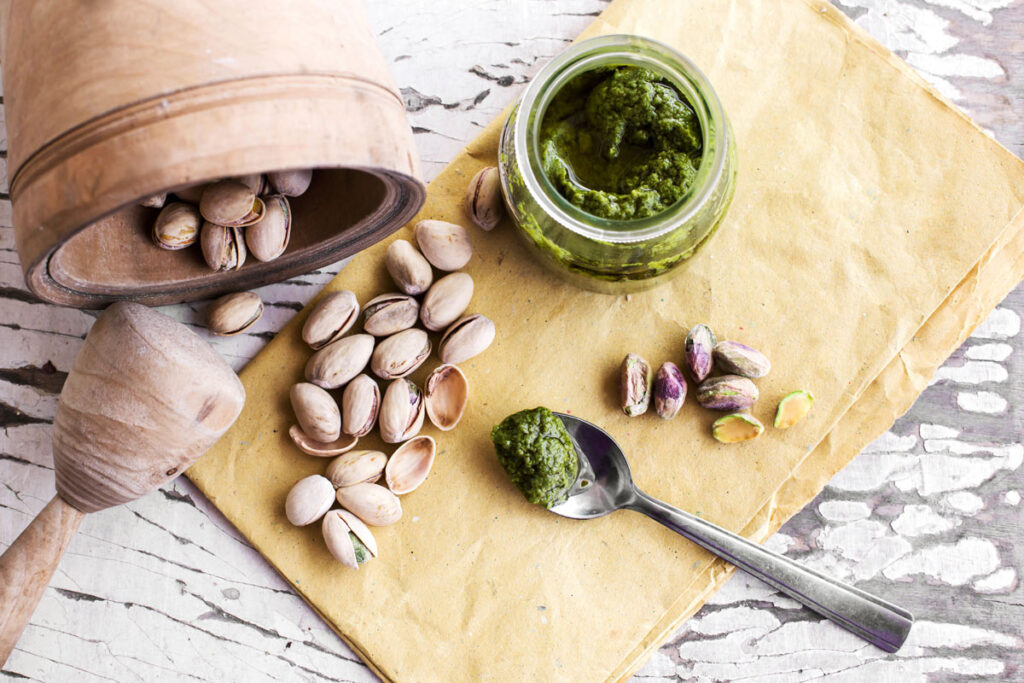
Instructions:
- Prepare the Pistachios: If the pistachios are salted, rinse them under cold water to remove excess salt. Pat them dry with a paper towel.
- Blend Ingredients: In a food processor, combine the pistachios, basil leaves, Parmesan cheese, and garlic. Pulse until the mixture is coarsely chopped.
- Add Olive Oil: With the food processor running, gradually add the olive oil until the mixture is smooth and creamy. You can adjust the amount of olive oil to achieve your desired consistency.
- Season: Taste the pesto and season with salt and pepper as needed. Blend again to combine the seasonings.
- Store: Transfer the pistachio pesto to an airtight container and refrigerate. It can be stored for up to a week.
This homemade pistachio pesto can be used in various dishes, from pasta and sandwiches to appetizers and salads, bringing a delicious nutty flavor to your meals.
FAQs
Conclusion
Pistachio pesto, with its rich history and modern versatility, remains a beloved component of Italian cuisine. From traditional regional variations to contemporary culinary innovations, this sauce continues to delight and inspire food enthusiasts around the world. Whether used in classic pasta dishes, as a spread for bread, or in inventive new recipes, pistachio pesto showcases the enduring appeal and adaptability of Italian culinary traditions.
Disclosure: Our blog contains affiliate links to products. We may receive a commission for purchases made through these links. However, this does not impact our reviews and comparisons. We try our best to keep things fair and balanced, in order to help you make the best choice for you.
